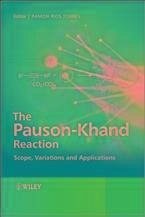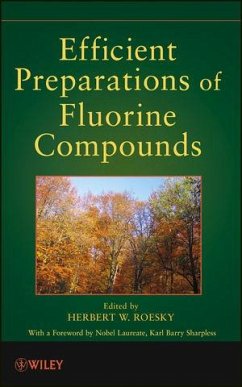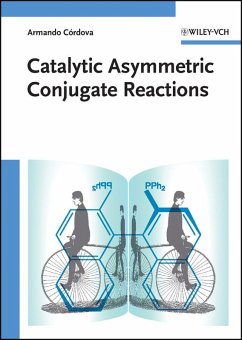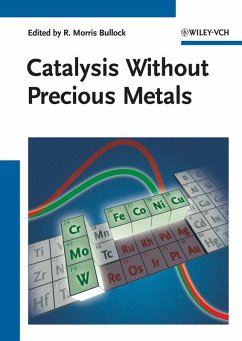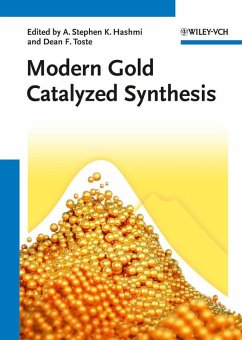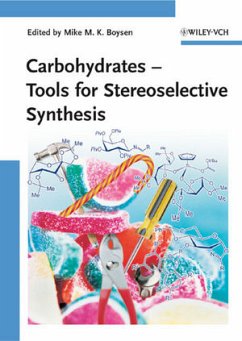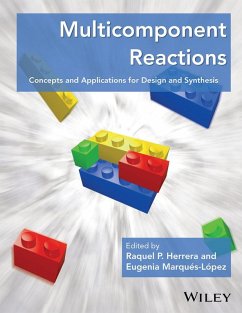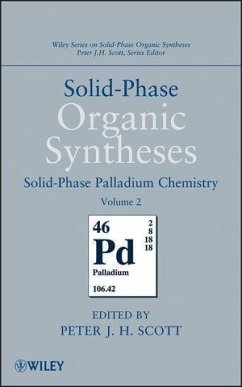
The Pauson-Khand Reaction (eBook, ePUB)
Scope, Variations and Applications
Versandkostenfrei!
Sofort per Download lieferbar
121,99 €
inkl. MwSt.
Weitere Ausgaben:

PAYBACK Punkte
0 °P sammeln!
The Pauson-Khand reaction is an important reaction in the field of organic chemistry. It involves the transition-metal catalysed cycloaddition of an alkyne, an alkene and carbon monoxide, to produce cyclopentenones. The importance of this reaction originates from its high value in transforming simple components into the synthetically useful cyclopentenone unit, in which a high degree of molecular complexity can be achieved in a single step, with impressive stereochemical and regiochemical control. The Pauson-Khand Reaction investigates the nature and many variations of this reaction. Topics co...
The Pauson-Khand reaction is an important reaction in the field of organic chemistry. It involves the transition-metal catalysed cycloaddition of an alkyne, an alkene and carbon monoxide, to produce cyclopentenones. The importance of this reaction originates from its high value in transforming simple components into the synthetically useful cyclopentenone unit, in which a high degree of molecular complexity can be achieved in a single step, with impressive stereochemical and regiochemical control. The Pauson-Khand Reaction investigates the nature and many variations of this reaction. Topics covered include: * the mechanisms of Pauson-Khand-type reactions * non chiral intramolecular and intermolecular versions of Pauson-Khand reactions * asymmetric Pauson-Khand reaction using chiral auxiliaries * the enantioselective Pauson-Khand reaction * Pauson-Khand reactions catalysed by metals other than cobalt * unconventional Pauson-Khand reactions * the Pauson-Khand reaction in total synthesis Presenting a comprehensive overview of this fundamental reaction, The Pauson-Khand Reaction will find a place on the bookshelves of any organic or organometallic chemist.
Dieser Download kann aus rechtlichen Gründen nur mit Rechnungsadresse in D ausgeliefert werden.



